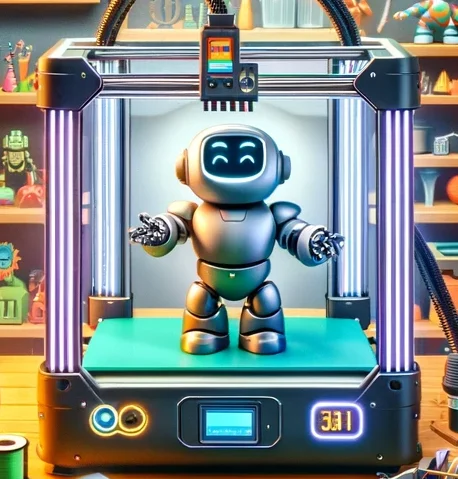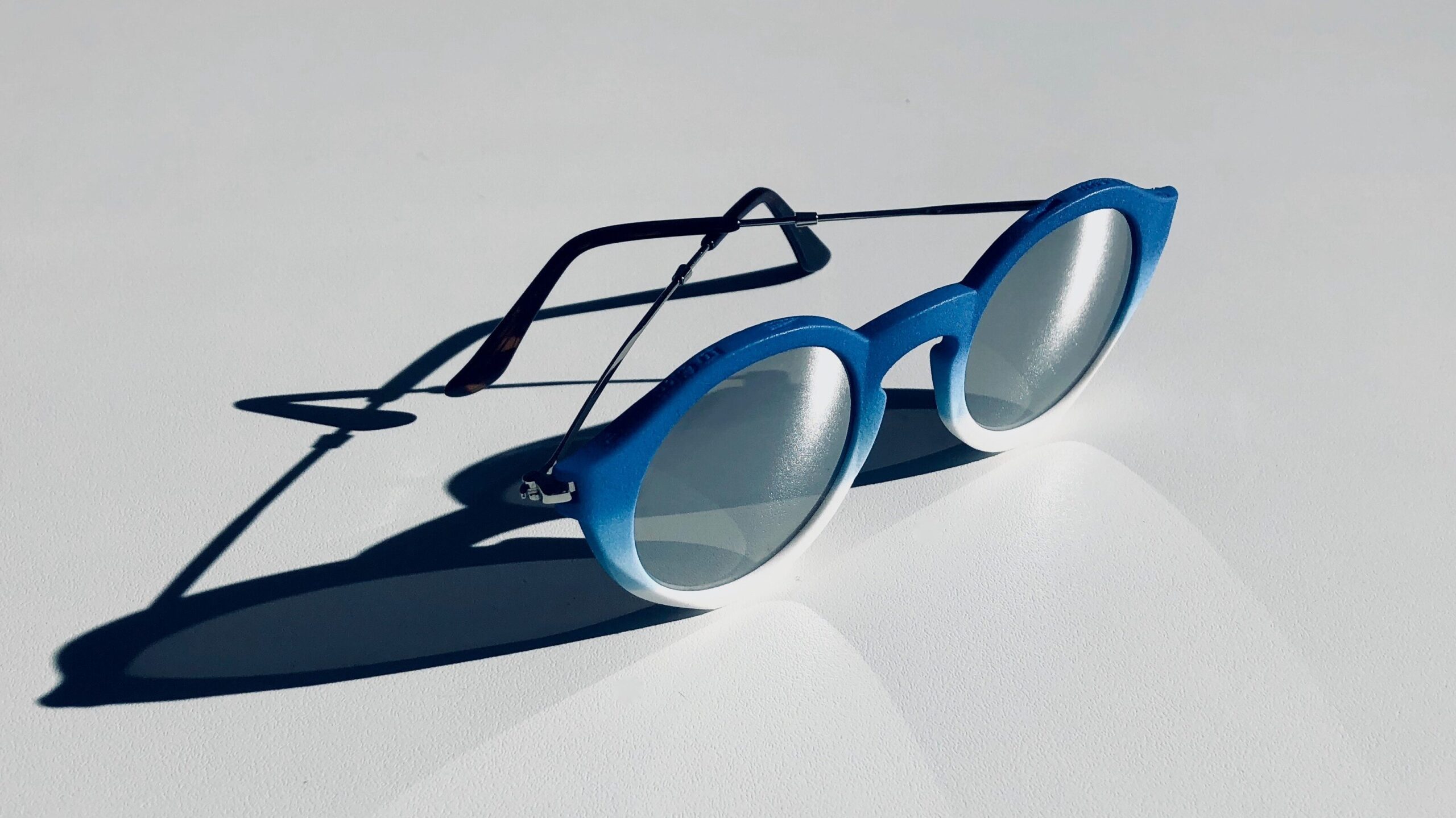3D printing with resin offers a wide range of possibilities for creating complex, high-resolution models and parts. However, with so many different types of resins available on the market, it can be overwhelming to choose the right one for your project. we delve into the various types of resins available, including standard, flexible, tough, clear, and castable resins.
Each type of resin of Resin has unique properties, such as its durability, flexibility, and clarity, and how these properties make it suitable for specific types of projects. For instance, tough resin is ideal for creating durable, impact-resistant parts, while clear resin is perfect for creating transparent or translucent models.
The cost of resin printer materials can vary depending on the brand, type, and quantity of resin needed. Generally, resin materials for 3D printing are more expensive than filament materials used in FDM 3D printers.
The cost of a liter of resin can range from $30 to $150 or more, depending on the brand and type of resin. Some resins are designed for specific applications, such as dental or jewelry making, and may be more expensive than general-purpose resins.
There are a few ways to find resin at the best price:
- Compare prices from different retailers: Check prices from multiple online retailers and local stores to find the best deal. Many retailers offer discounts or promotions for bulk purchases or repeat customers, so it can be worth shopping around to find the best price.
- Look for sales and promotions: Keep an eye out for sales and promotions on resin for 3D printing, especially around major holidays and events such as Black Friday or Cyber Monday. Some retailers may also offer discounts or coupons for first-time customers or subscribers to their newsletters.
- Buy in bulk: Purchasing larger quantities of resin can often result in a lower cost per unit. Consider buying larger bottles or packages of resin if you plan to use it frequently or for larger projects.
- Use generic or third-party brands: While name-brand resins are often more expensive, generic or third-party brands can be more affordable and still offer good quality. Just be sure to check compatibility with your specific printer and read reviews from other users before purchasing.
In addition to the cost of the resin itself, there are also additional costs to consider such as the cost of post-processing materials like isopropyl alcohol (IPA), which is commonly used to clean and cure the prints, and other supplies such as disposable gloves and safety equipment.
It’s important to keep in mind that the cost of resin printer materials can add up over time, especially if you are printing frequently or on a large scale. However, the quality and detail of the prints produced by resin printers can make them well worth the investment for many applications.
Important factors to consider when choosing a resin, such as curing time, post-processing requirements, and compatibility with your specific printer.
The main difference between high and low-quality 3D printer resin is the level of consistency, accuracy, and overall quality of the prints that can be produced.
High-quality 3D printer resin typically produces prints with smoother surfaces, sharper details, and better overall accuracy. This is because high-quality resins are usually formulated to have consistent and precise properties, such as viscosity, curing time, and color, which can help to produce more accurate and detailed prints.
On the other hand, low-quality resin may have inconsistent properties or be formulated with lower-quality ingredients, which can result in prints with rougher surfaces, less accurate details, and other issues. Additionally, low-quality resin may be more prone to problems such as warping, cracking, or brittleness, which can make it more difficult to achieve high-quality prints.
Overall, the choice of resin will depend on the specific needs of the user, the type of 3D printer being used, and the desired results. It’s important to choose a high-quality resin that is compatible with your printer and suited for the specific type of project you are working on.
- Zortrax – Provides high-quality and reliable resin printers for professionals and businesses.
- Elegoo: Elegoo is a popular brand known for their affordable, high-quality resin for 3D printing. They offer a variety of colors and types of resin for different applications.
- Anycubic: Anycubic is another well-known brand in the 3D printing industry, offering a range of high-quality resins for their own line of 3D printers as well as other popular models.
- Siraya Tech: Siraya Tech is a premium brand that specializes in high-performance resins for 3D printing. Their products are known for their strength and durability, making them a popular choice for functional prototypes and production parts.
- Monocure 3D: Monocure 3D is an Australian company that produces high-quality resins for 3D printing, including their popular Rapid and Standard resins.
- Nova3D: Nova3D is a Chinese manufacturer of 3D printers and resins, offering a variety of colors and types of resin for different applications.
- Amazon is an online marketplace that offers a wide variety of 3D printer resins from different brands and manufacturers. From standard resins to specialty resins, Amazon has a large selection to choose from.
- MatterHackers is a 3D printing and digital manufacturing company that offers a range of 3D printing supplies, including resin. Their selection includes a variety of colors and finishes from top brands.
- 3D Universe is a retailer that offers a range of 3D printing products, including printers, filaments, and resins. They carry resins from well-known brands like Formlabs, Elegoo, and Monocure.
- Printed Solid is a 3D printing company that offers a range of products for 3D printing enthusiasts. Their selection of resins includes standard resins, flexible resins, and specialty resins for specific applications.
- MakerBot is a leading manufacturer of 3D printers and related accessories. They offer a variety of resins for use with their printers, including standard resins, tough resins, and specialty resins for specific applications. Their resins are designed to work seamlessly with MakerBot printers for optimal performance.
When purchasing resin for a resin printer, it’s important to ensure that the resin is compatible with your specific printer and that it is suitable for the type of project you are working on. Different resins may have different properties such as curing times, color, and flexibility, so it’s important to choose the right one for your needs.
It’s also important to follow proper safety precautions when working with resin, as it can be toxic if ingested or absorbed through the skin. Always wear protective gloves and eyewear, and work in a well-ventilated area when handling resin.


